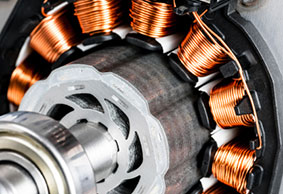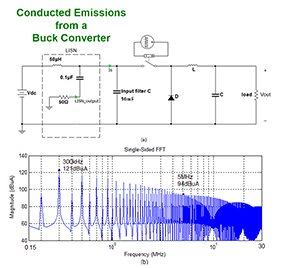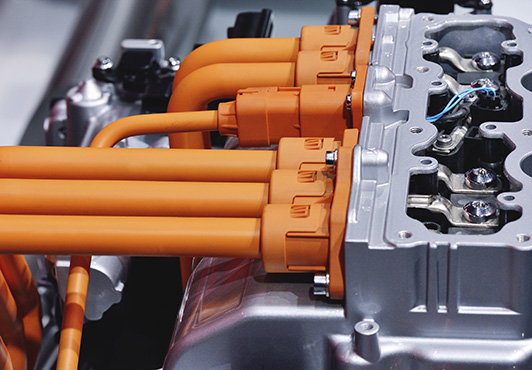Power Electronics Design for Electromagnetic Compatibility
Description

This course covers fundamental and advanced design concepts related to the design of power electronic circuits for meeting electromagnetic compatibility requirements. Basic power electronic circuit topologies and applications are reviewed with a focus on the fundamental properties of these circuits that result in unwanted conducted and radiated emissions. Noise source models are presented, and various noise mitigation options are examined. The course discusses grounding strategies, component selection and placement, and methods for meeting EMC requirements while maintaining isolated current returns required for safety. Examples of good and bad power circuit designs ranging from low-voltage DC-to-DC converters to 700-volt electric vehicle motor drives are reviewed.
Continuing Education Credit: 0.6 CEUs, 6.0 PDHs
Course Outline



- Introduction
- Overview of Power Electronic Circuit Topologies/Applications
- Key EMC Compliance Issues
- Conducted Emissions
- Measurement Equipment and Procedures
- Primary Sources of Conducted EMI
- Common-Mode vs. Differential-Mode Emissions
- Time vs. Frequency Domain Representations of Switching Noise
- Filtering to Control Conducted Emissions
- X & Y Capacitors
- Inductors and CM Chokes
- Effect of Component Parasitics
- Design Examples
- Radiated Emissions
- Review of EM Coupling Mechanisms
- Identifying Unintentional “Antennas”
- EM Shielding for Power Electronics
- Grounding Strategies for Power Circuits
- Ground vs. Current Return
- Path of Least Impedance
- Common-Impedance Coupling
- Ground Structures and Grounding Conductors
- Component Selection and Placement
- Capacitor and Inductor Options
- IGBT and MOSFET Options
- Over-voltage and Over-current Protection
- Board Layout to Reduce Unwanted Coupling
- Design Examples
- Reducing Emissions by Maintaining Electrical Balance
- Passive Techniques
- Active Techniques
- Active Noise Cancellation
- Overview of Topologies
- Design Examples
- Power Circuit Design Examples
- Low Power DC-DC Converter on a Multilayer Circuit Board
- DC Motor Driver Employing an H-Bridge
- 48-Volt 3-Phase Motor Driver
- 700-Volt Electric Vehicle Motor Driver
Course Instructor

Dr. Todd H. Hubing is a Professor Emeritus of Electrical and Computer Engineering at Clemson University and former Director of the Clemson Vehicular Electronics Laboratory. He and his students at Clemson have worked on the development and analysis of a wide variety of electronic products. EMC design rules can vary greatly depending on whether you are designing high-speed computing equipment, low-cost mixed-signal consumer products or high-power industrial controls; but the basic EMC principles are the same in all industries. By applying these principles in an organized manner, it is possible to review a design circuit-by-circuit to guarantee that any particular EMC requirement will be met. This approach is more effective than the blind application of design guidelines and is the primary emphasis of every EMC design class taught by Dr. Hubing.
